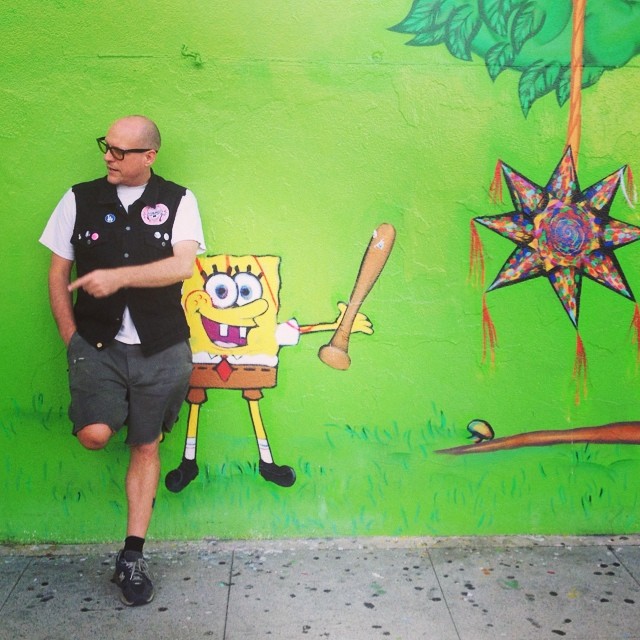
“So here’s an interesting trio of characters: Pemberton, a down-and-out copywriter hired to write radio ads for a casino located on an Indian reservation in Southern California; Alice, an employee of the casino, who wonders if her new epilepsy medication is causing her to have visions; and Lupita, one of the casino’s regular customers, who’s baffled by what appears to be a slot machine that won’t let you stop playing until you’ve lost everything. The author introduces us to his cast in alternating chapters, letting us get to know them (Pemberton was thrown out of his own home by his fiancée; Lupita’s best friend did time for killing her husband) before he begins to join up their stories, pointing them all in the same direction: toward the evil presence that appears to be haunting the casino. The book is not quite a supernatural thriller, more like a stylishly written contemporary noir with some seriously weird overtones. Ruland’s character design is impeccable; these are very real people, each with his or her personal issues to sort out and pretty much the unlikeliest heroes you’ll meet for the next while. This one deserves a look.”








